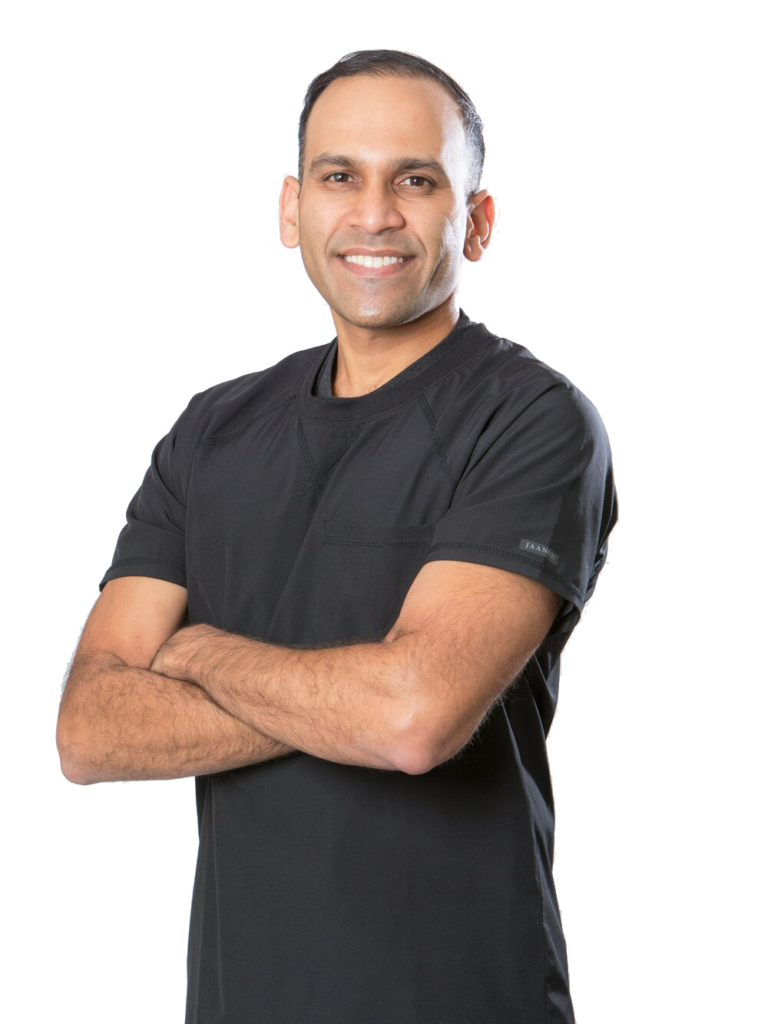There are several surgical options that can be used to treat knee osteoarthritis. However, these surgeries come with risks and the results are usually temporary. Most people who undergo arthroscopic surgery require a second surgery in the future.
At the Patel Center for Functional Regeneration we specialize in effective, non-surgical knee osteoarthritis treatments that not only address the symptoms, but the underlying causes of the condition.
Dr. Shounuck Patel specializes in advanced regenerative injections to treat knee osteoarthritis including a wide range of customized PRP and Cell Therapy.
Orthobiologic Knee Treatments
Orthobiologics involves using natural substances, such as tissues, cells, blood components, and growth factors, to aid in the healing and treatment of orthopedic conditions. These substances can be used for several purposes, including:
- Reducing pain and inflammation
- Accelerating healing of soft tissue structures
- Improving health or slowing down degeneration of cartilage
- Improving joint function
Orthobiologics are obtained from your own body and are administered through a non-invasive injection.
The most commonly used form of orthobiologics is platelet-rich-plasma (PRP). PRP is obtained from your blood. After being drawn, your blood is processed to concentrate platelets and white blood cells, which reduce inflammation and enhance healing.
PRP can be injected directly into and around the knee. Unlike surgery, most patients can resume their normal lives within a few days.


